Note: When buying anything online, please exercise good judgment especially in case of buying anything for protection against coronavirus or COVID-19. Please refer to the CDC website for accurate information.
Following the widespread of the novel Coronavirus—SARS-CoV-2—we have been repeatedly admonished to stay safe. By staying safe, we mean washing our hands, disinfecting our homes and purchasing sanitizers. These have been preached on public and private platforms not because they’re good safety precautions (of which they actually are) but because these measures are effective in keeping the virus away from your system.
As viral as this virus is, it can be easily killed as it has so many weaknesses. The virus has an oily sheath that can be easily dislodged by strong disinfectants, causing it to become weak and quickly die off. When they come in contact with surfaces like wood and steel, they can live up to two days and the fact that most of the surfaces in our houses are made of wood and steel raises a need for concern. Apparently, the government is making efforts to disinfect the streets so our personal spaces are our duty.
Outlined below are some of the best disinfectants you could purchase before they run out of stock in this period.
1. Clorox Scentiva Multi-Surface Cleaner
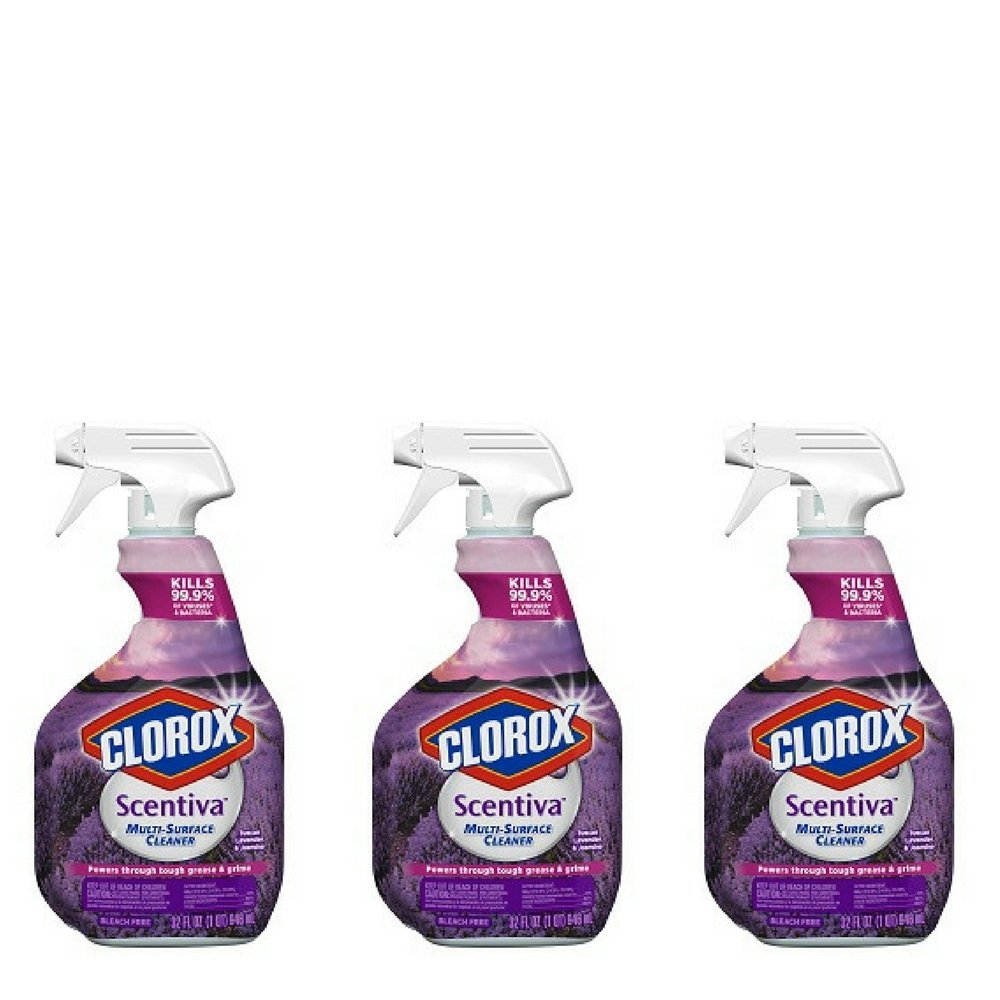
This disinfectant has been in the market for a long time but the emergence of COVID-19 has brought special attention to it. It contains Alkyl Dimethyl Benzyl Ammonium Chloride (C12-16), Ethanolamine and Lauramine Oxide amongst other mild chemicals. Benzyl Ammonium Chloride is known to cause health problems but the disinfectant makes use of it in moderate amounts which when dissolved, reduces any cause for alarm. The chemical is used as a cationic surfactant: it dissolves the oily sheath of the virus and makes it vulnerable.
Available here.
2. Purell Professional Surface Disinfectant Wipes
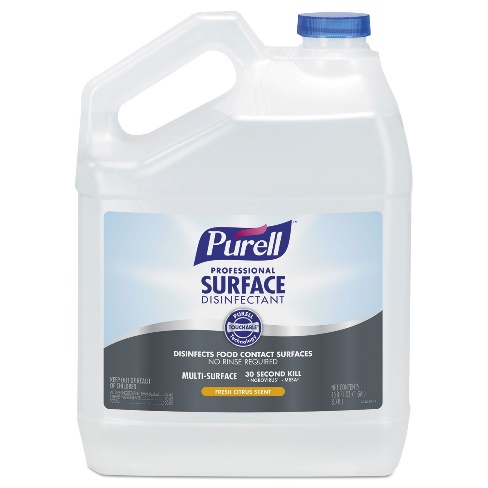
This particular type of disinfectant from Gojo Industries comes as a pack of wipes that can be employed in cleaning surfaces more easily than the conventional cloth and liquid. The sterile wipes contain Ethanol—the major ingredient—which effectively kills 99.9% of most germs on household surfaces including viruses. It has been tested and certified to meet high clinical standards.
Available here.
3. Clorox Disinfecting Spray
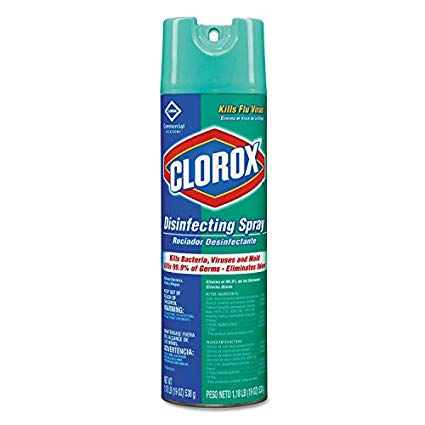
With the Alkyl C12-16 Dimethyl benzyl Ammonium Chloride (C12-16) content and ethanol compounds present, the Clorox spray is said to get rid of up to 64 different types of microorganisms, most of which are present on household surfaces areas.
Available here.
4. Lysol Disinfectant Max Cover Mist
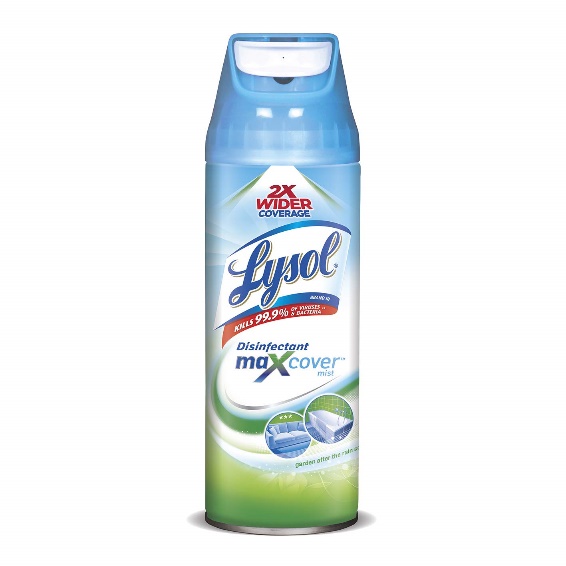
When it comes to disinfecting softer surfaces like chairs, sofa, and mattresses, regular disinfectants may be quite tricky to use but thanks to Lysol, the mist spray comes in handy. Just like the regular disinfectants, it kills a wide range of bacteria, fungi, and viruses but does so without leaving the surfaces soaked. The major ingredients responsible for this sanitary effect are ethyl alcohol (ethanol)—which makes up 58% of the spray—and Alkyl Dimethyl Benzyl Ammonium Chloride (C12-16) (although in tiny amounts).
Available here.
5. Clorox Clean-up Cleaner and Bleach
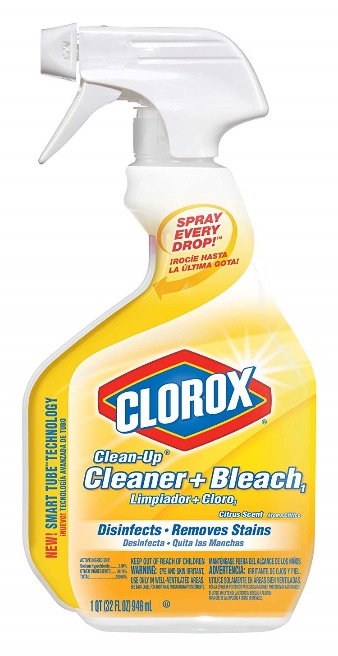
This disinfectant with dual functionality is a highly recommended choice for cleaning surfaces that may have come in contact with the Coronavirus. It is composed of sodium hypochlorite—the major ingredient in bleach—sodium chloride, sodium carbonate, sodium hydroxide, and a couple of fragrances to leave your surfaces cleaner and more refreshed.
Available here.
6. Lysol Clean and Fresh Multi-surface Cleaner
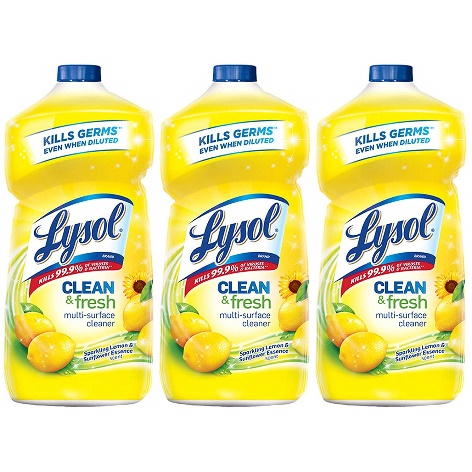
Another disinfectant which yet again makes use of Alkyl Dimethyl Benzyl Ammonium Chloride (C12-16) in dislodging microorganisms is the multi-surface cleaner from Lysol. It also comprises sodium tripolyphosphate and sodium hydroxide which greatly disturbs and eliminates fungi, bacteria, and viruses on hard surfaces. Care should, however, be taken to prevent direct contact with skin or internal organs.
Available here.
7. Lysol Concentrate Disinfectant
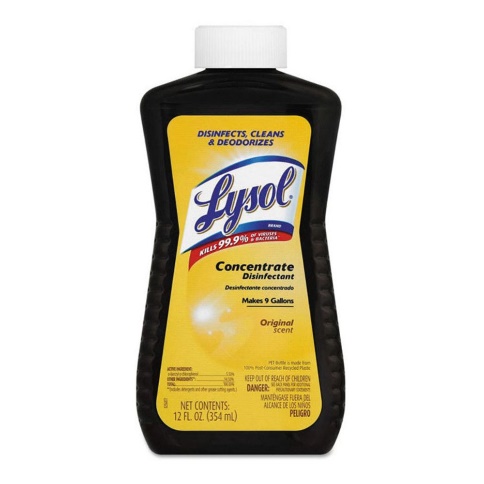
This disinfectant is one of the strongest to come out of the Lysol laboratories. As the name implies, the disinfectant contains chemicals in concentrated amounts that speed up the elimination of microorganisms including the COVID-19. The major ingredient is benzalkonium chloride which has been proven to deactivate certain viruses minutes after exposure (this explains why some brands use it in manufacturing hand sanitizers). Other components worthy of note include sodium hydroxide, isopropanol, and ethanol.
Available here.
8. Lysol Heavy-Duty Cleaner
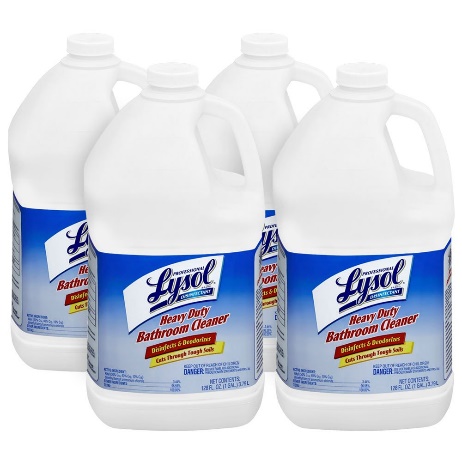
Being a heavy-duty cleaner, this brand product employs the powerful properties of Alkyl dimethyl benzyl ammonium chloride (C12-16) as its antimicrobial surfactant. As usual, the compound carries out its destabilizing effect on a range of fungi, bacteria, and viruses. In addition to the surfactant is sodium hydroxide, sodium carbonate, and ethanol, both of which are huge enemies to most viruses.
Available here.
9. Sani-Prime Germicidal Spray
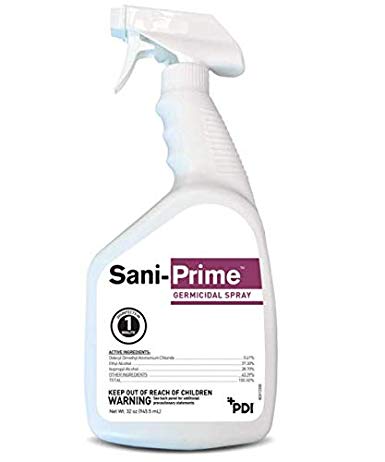
With a balanced combination of quaternary ammonium, ethanol, and isopropanol, this germicidal spray has been recognized by the Environmental Protection Agency as an intermediate-level disinfectant. When used according to the instructions provided, the spray can be effective in killing the COVID-19 pathogen and other similar viruses within minutes.
Available here.
10. Bleach
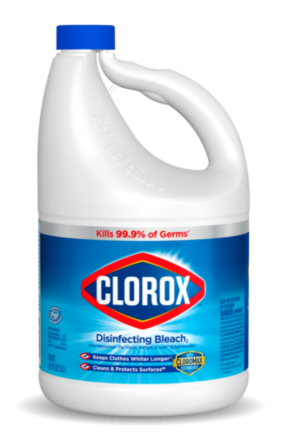
Bleach is a cleaning chemical produced by different companies but regardless of the name on the bottle, the chemical composition is usually the same. The main component of every bottle of bleach is sodium hypochlorite which is highly effective in getting rid of diverse microorganisms. One downside to using bleach is that ultraviolet rays from the sun can kill the hypochlorite content thereby reducing the strength. On the flip side, most of the surfaces to be disinfected are in your house so you do not have to worry so much about the UV rays.
Available here.
As we go about disinfecting and sanitizing our environment, it is important to also reduce our exposure to these disinfectants. As pointed out in the article, most of these disinfectants contain chemicals that could, in the long run, be harmful to human health. Ensure that all disinfectants are out of the reach of children and avoid inhaling the chemicals upon application. Some of them have been discovered to trigger asthma and other respiratory conditions.
Lastly, we advise that you wash your hands frequently as no disinfectant beats a good scrub with soap and clean water. Also keep checking CDC website for updated information.
Stay safe.


